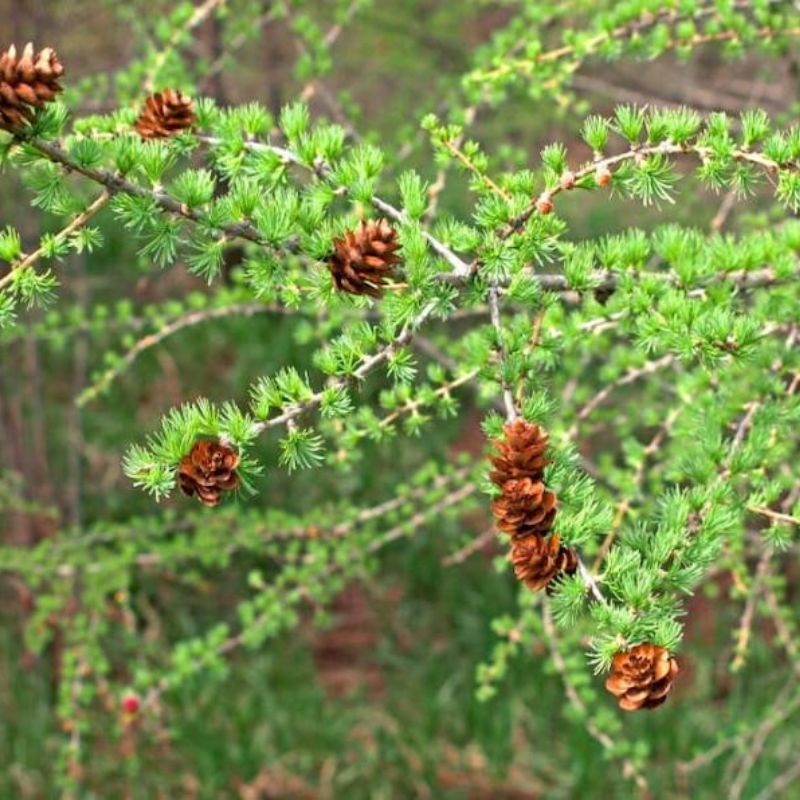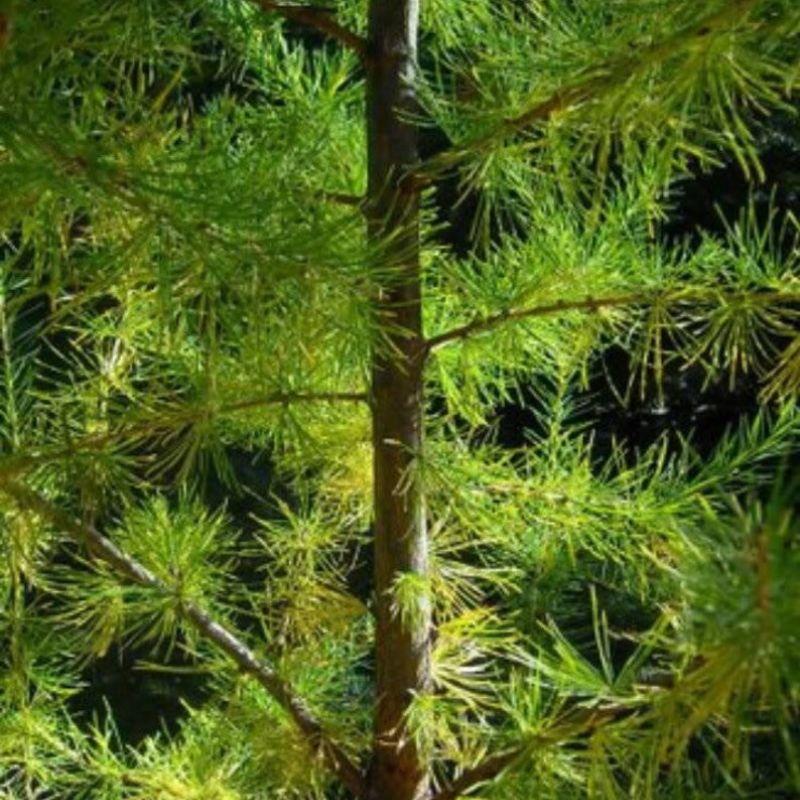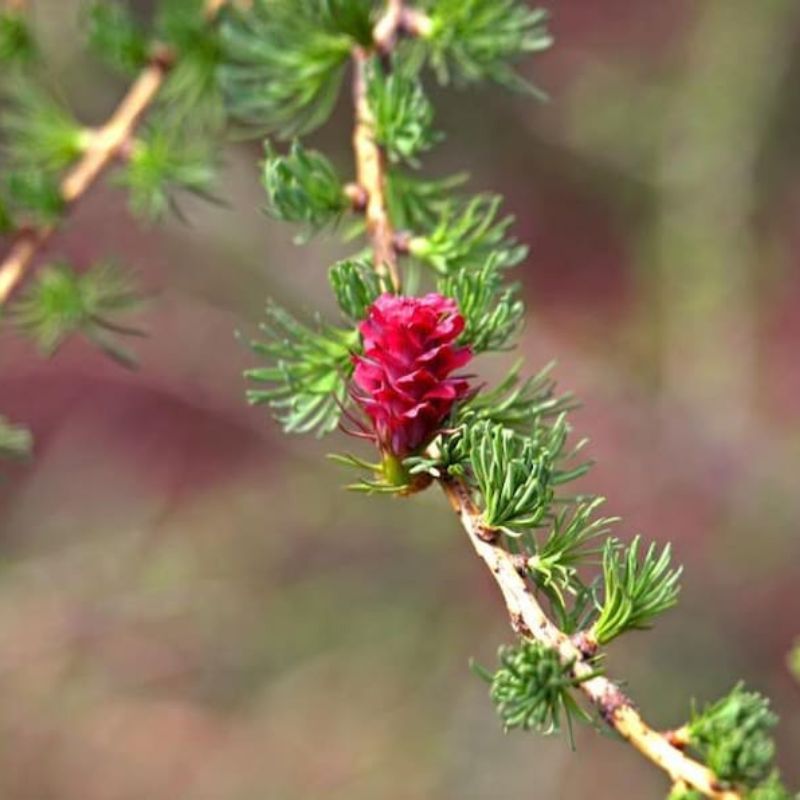- Historical context: Larch trees have been known and utilized for centuries, particularly in Europe and North America. They are valued for their durable wood and unique deciduous nature among conifers.
- Geographical origination: Larch trees are native to cooler regions of the Northern Hemisphere, including parts of Europe, Asia, and North America.
- Relevant cultural significance: Larch wood has been historically significant in shipbuilding, construction, and furniture making due to its resistance to rot and strength.
- Time period of discovery: Larch trees have been known since ancient times, with references dating back to Roman and medieval periods.
- Original habitat: Larch trees typically grow in mountainous regions and boreal forests, thriving in cold climates with well-drained soils.
- Notable historical uses: Historically, larch wood was used for building ships, bridges, and houses. The resin, known as Venice turpentine, was used for medicinal purposes and as a varnish.
- Ideal temperature range: Larch trees prefer cold climates and can withstand temperatures as low as -50°C (-58°F).
- Soil type: They thrive in well-drained, slightly acidic to neutral soils. Sandy loam or loamy soils are ideal.
- Sunlight requirements: Larch trees require full sunlight to grow well. They do not thrive in shaded areas.
- Watering needs: While larch trees are drought-tolerant once established, they require regular watering during their initial growth phase.
- Planting season: The best time to plant larch tree seeds is in the fall or early spring.
- Germination time: Larch seeds typically germinate within 2-4 weeks under optimal conditions.
- Growth cycle duration: Larch trees grow relatively quickly, with young trees adding up to 1 meter (3 feet) in height per year. They can live for several hundred years.
- Common pests and diseases: Larch trees can be affected by pests such as larch sawfly and diseases like larch canker. Regular monitoring and appropriate treatments are recommended.
- Companion planting advice: Larch trees can be planted alongside other cold-climate trees such as spruce and pine. They also benefit from ground cover plants that help retain soil moisture.
- Common challenges and solutions: Larch trees can suffer from root rot in poorly drained soils. Ensuring proper drainage and avoiding waterlogged conditions can mitigate this issue.
- Nutritional values: Larch seeds are not typically consumed for their nutritional value.
- Health benefits: Larch resin, known as Venice turpentine, has been used historically for its antiseptic and anti-inflammatory properties.
- Culinary uses: Larch seeds are not commonly used in culinary applications.
- Medicinal uses: Larch resin has been used in traditional medicine to treat wounds, respiratory issues, and skin conditions.
- Other unique advantages: Larch wood is highly valued for its durability and resistance to decay, making it ideal for outdoor construction and furniture. The trees also contribute to biodiversity in their native habitats.








